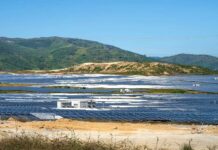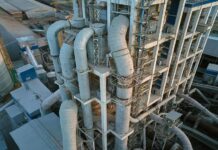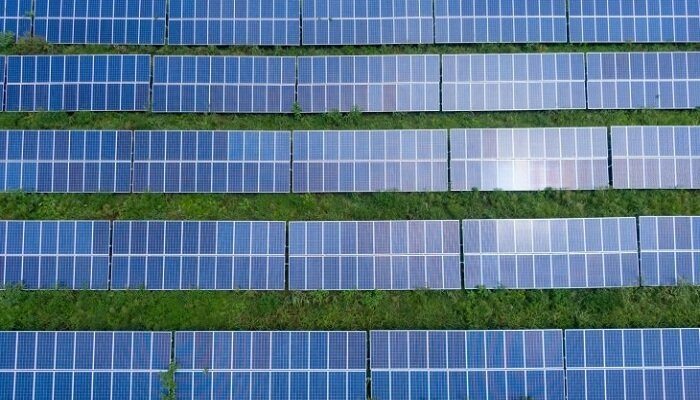A major development has taken place within a concentrated solar power capacity in Australia, which has in it the capability to revolutionize solar energy utilization in the future.
The Challenge: Solar energy happens to be affordable, environmentally friendly, as well as an abundant source of power. That said, its main drawback happens to be its variability. Unlike coal or gas, which can be burned at any given point in time, solar energy happens to be dependent on the sun’s schedule.
Solar plants often store more solar-generated electricity in large lithium-ion battery banks for future usage. Certain limitations are there in the approach. Firstly, these batteries happen to be quite expensive. Apart from this, they tend to self-discharge continuously, which reduces their overall effectiveness as well as efficiency. There is a risk of fire associated with these batteries too.
Lithium batteries happen to play a very significant role, particularly in addressing short-duration power fluctuations. That said, it is important to note that in cases of longer-term energy storage, they will most likely require a variety of solutions.
Concentrated solar power- CSP: Another approach is to store solar energy as heat and not convert it into electricity.
Energy experts are aware of this, which is why concentrated solar power systems have been developed.
These systems utilize a range of large mirrors to focus sunlight on to a specific target. It is well worth noting that concentrated solar power is made use of to heat up a material, typically molten salt, which functions as an energy storage system that is temporary in nature and can be later used to generate steam, which in turn can go on to power a turbine.
CSIRO which happens to be the national science agency of Australia, is currently conducting tests on a unique storage method at a concentrated solar power research facility in Newcastle. This method makes use of small ceramic particles that are enabled to pass through a concentrated beam of solar energy.
The agency has gone on to announce that it has achieved a significant milestone with a temperature of 803 degrees Celsius, or 1477 degrees Fahrenheit, making use of this approach. The system has the capability to store thermal energy for a duration of up to 15 hours by storing the ceramic particles in a silo.
When compared, molten salt usually has a maximum temperature of around 600°C or 1112°F and can retain heat for almost 10 hours.
Australian National University’s Associate professor, John Pye, says ceramic particles that got used in the system were created for the unconventional natural gas called fracking. These materials are not just affordable and durable, but they are also highly stable as well as capable of enduring numerous cycles of intense heating and cooling.
In case of traditional concentrated solar power systems, when team directs solar energy towards a container containing particles, some of heat gets lost as it travels through the container material, similar to what takes place with the steel holding molten salt.
Ceramics have the ability to withstand temperatures exceeding 1000°C or 1832°F.
The leader of CSIRO’s solar technologies team, Jin-Soo Kim, stated that this technology is important for providing affordable renewable energy on a large scale to support Australia’s heavy industry’s decarbonization. This outcome was achieved after over eight years of development and thousands of hours that had to be invested.
Worldwide Effort: CSIRO is not the sole organization investigating this solar storage approach.
Since 2015, the US Department of Energy- DOE has been conducting tests on the process of heating up falling ceramic particles. In February of this year, they took a significant step forward by starting the construction of a new falling particle facility in New Mexico, which is expected to have a capability of multiple megawatts. The construction is expected to be accomplished by 2024.
The capacity of next-generation concentrated solar power to be a game-changer is significant, stated the Acting Assistant Secretary for Energy Efficiency and Renewable Energy, Alejandro Moreno, at the DOE. The objective of this pilot facility is to showcase how CSP systems can go on to effectively address the need for long-duration energy storage while at the same time reducing costs and also simplifying the technology involved when it comes to solar thermal systems.
Big Picture: Although ceramic particles happen to be showing potential, they may not be the most ideal and effective storage medium for concentrated solar power. More groups happen to be investigating the use of sand, rocks as well as various other materials.
To effectively address the variability issue of solar energy and pave the way for a future powered entirely by clean energy, it is important to maximize the temperature as well as the heat retention duration in the storage materials.




































